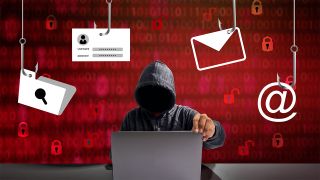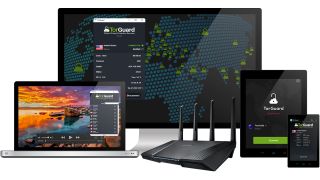Security
Latest about Security

Hackers are using this simple trick to take over Microsoft accounts: Don't fall for this
By Amber Bouman published
Microsoft accounts are being targeted using a common hacking technique which purposefully misspells websites and email addresses.
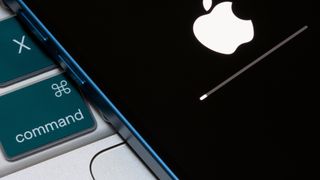
Update your iPhone now — Apple patches two iOS zero days used in the wild by hackers
By Amber Bouman published
iPhone users need to update their devices right now as Apple has patched two actively exploited zero-day flaws.

Shop smarter, not scared: Your stress free holiday security checklist
By Amber Bouman published
A quick and easy guide to staying safe online throughout this holiday shopping season

Google issues critical Chrome update to patch zero-day vulnerability
By Amber Bouman published
A brand new Chrome vulnerability has been patched by Google, which means it's time to update your browser again.
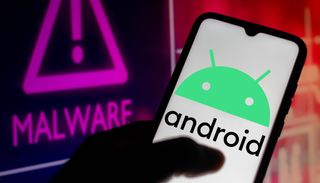
How to avoid the nightmare Android malware that can hold your device for ransom or erase it
By Amber Bouman last updated
A new Android ransomware can lock your device to demand malware, or erase all your data.
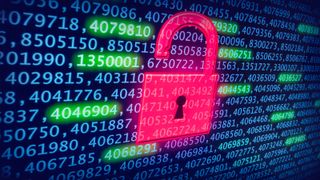
LinkedIn data, phone numbers, emails and more exposed in massive unsecured 16 terabyte database
By Amber Bouman last updated
Researchers discovered a dataset of billions of documents containing personal information online, putting loads of people at risk.

Best VPN deals in December 2025
By Mo Harber-Lamond last updated
Don't want to pay full price for a VPN? I've rounded up the best VPN deals from the likes of NordVPN, ExpressVPN, PureVPN, Surfshark, and more.
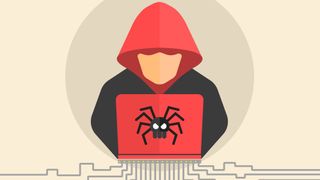
New Spiderman phishing kit lets hackers instantly spoof banking sites to steal passwords and take over accounts — how to stay safe
By Anthony Spadafora published
Hackers have a powerful new tool in their arsenal and the Spiderman phishing kit lets them almost instantly spoof multiple banks and crypto services.
Here at Tom’s Guide our expert editors are committed to bringing you the best news, reviews and guides to help you stay informed and ahead of the curve!
